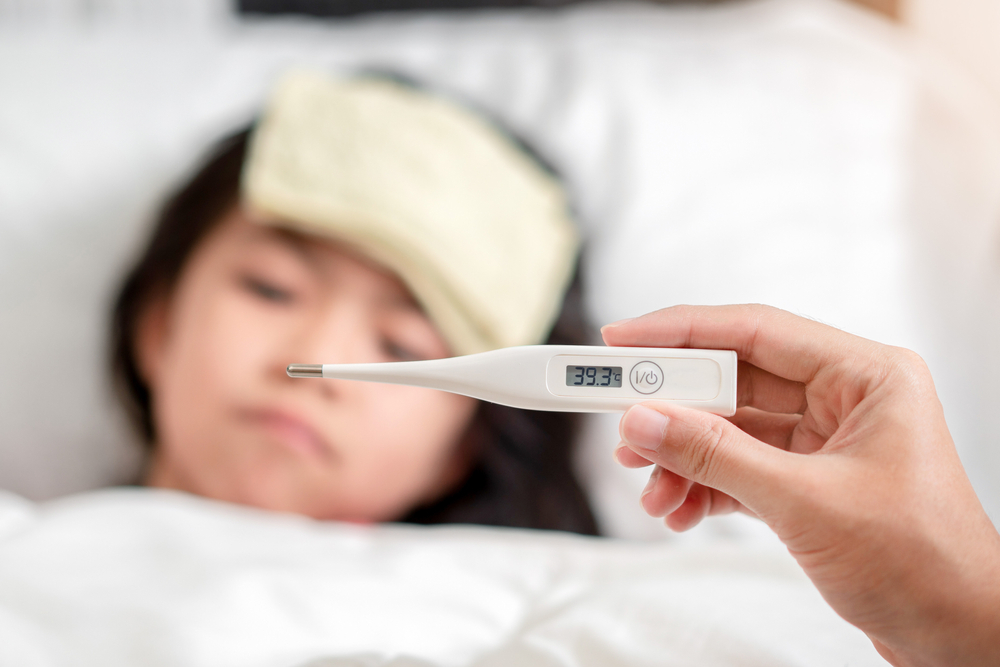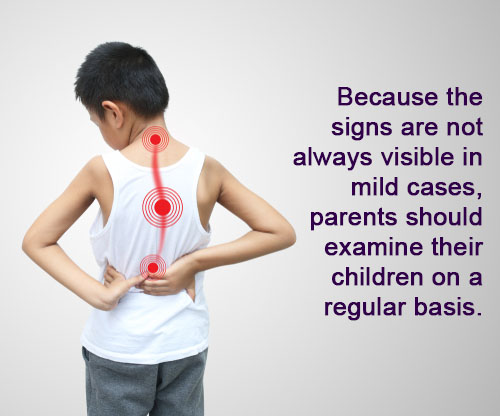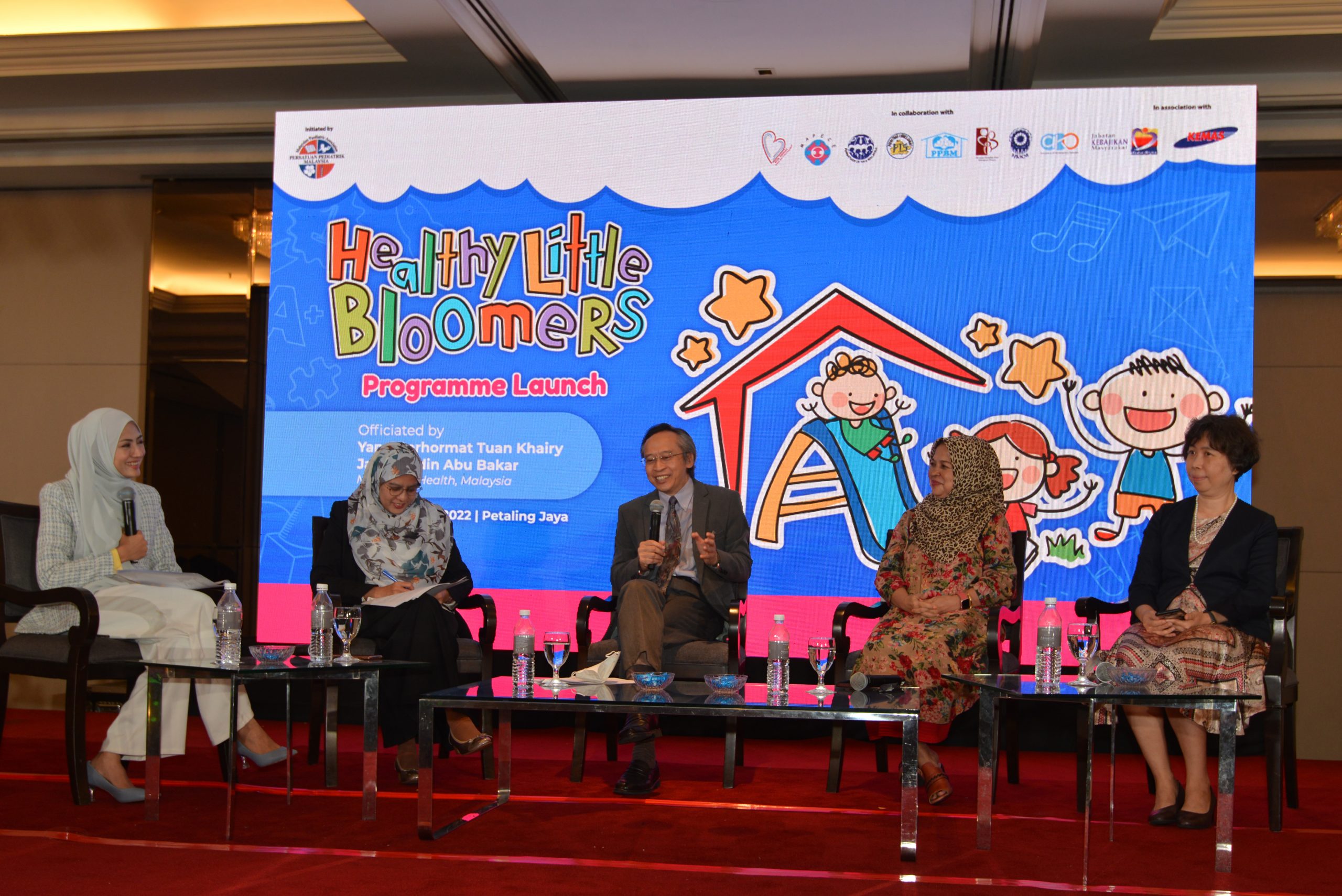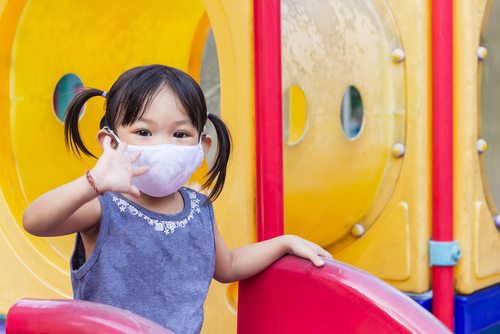Flu season can hit children hard, leaving parents anxious and unsure of what’s normal and what’s not. A paediatrician sheds light on how influenza affects young bodies, the signs parents shouldn’t ignore, and the practical steps they can take to help their kids recover faster—and stay protected all season long.
WORDS DR NAVEEN NAIR GANGADARAN
 FEATURED EXPERT FEATURED EXPERTDR NAVEEN NAIR GANGADARAN Paediatrician Hospital Tuanku Ja’afar |
Four-year-old Rizqi had just returned from daycare when his parents noticed he was unusually warm and tired. By nightfall, his temperature spiked to over 39°C.
As his mother reached for the thermometer, Rizqi suddenly stiffened — his eyes rolled back, and he began to convulse. Rushed to the emergency department, then admitted. He was tested positive for influenza A.
After a few days of antiviral treatment and close monitoring in the ward, Rizqi was back on his feet — a little weaker, but smiling, cheerful again.
His story is not rare. Across hospitals, influenza cases among children are climbing sharply, reminding us that this “common flu” is anything but harmless. That’s just the tip of the iceberg. For every child who ends up in a ward, many more are treated as outpatients or recover quietly at home.
WHAT MAKES INFLUENZA A SERIOUS CONCERN?
Influenza is not just a “strong cold”.
- It’s a highly contagious viral infection that spreads through tiny droplets when a person coughs, sneezes, or even talks.
- These droplets can land on surfaces, toys, door handles, and on curious little hands.
- Children, especially those in schools and kindergartens, share everything — from toys to tissues — making it easy for the virus to travel from one child to another.
- In fact, influenza affects 20–30% of children globally each year, compared to 5–10% of adults.
SYMPTOMS
Influenza symptoms can vary widely, even among children in the same household.
Some develop only a high spiking fever and body ache, while others may experience:
- Sore throat and dry cough
- Runny or congested nose
- Fatigue and poor appetite
- Vomiting or diarrhea, especially in younger children
- Muscle or joint pain
It is common to see influenza triggering febrile seizures, especially in toddlers and preschoolers — a frightening but usually short-lived event.
RED FLAGS: WHEN TO SEEK MEDICAL ATTENTION
While most children recover with rest and fluids, some may develop serious complications.
You should bring your child to a doctor immediately if you notice:
- Difficulty breathing or fast breathing
- Persistent vomiting or refusal to feed
- Bluish lips or face
- Lethargy, drowsiness, or irritability
- Seizures
- Persistent unresolving fever
Infants, children with asthma, congenital heart disease, or weakened immunity are at higher
risk for complications like pneumonia or dehydration. They should be evaluated early.
WHAT CAN PARENTS DO AT HOME?
- Keep your child well-hydrated. Offer water, soups, or electrolyte drinks.
- Manage fever with appropriate doses of antipyretics, as advised by your doctor.
- Encourage rest. Children recover faster when their bodies are not overworked.
- No need for antibiotics. Influenza is a viral illness, and thus antibiotics are not
indicated. - Keep the child at home until fully recovered to prevent spreading it to others.
CAN INFLUENZA BE PREVENTED?
Absolutely.
The annual influenza vaccine is the best protection.
- It reduces the risk of severe infection and hospitalisation.
- The vaccine is recommended for all children aged 6 months and above, especially those with chronic illnesses.
Equally important are everyday precautions:
- Wash hands frequently.
- Cover mouth and nose when sneezing or coughing – teach children cough etiquette.
- Avoid crowded areas during outbreaks, especially with very young infants.
- Keep sick children home.
THE TAKEAWAY
Influenza may seem like a “common flu,” but its impact on children can be far from
mild.
Early recognition, timely medical care, and preventive vaccination can make all the difference between a simple fever and a hospital admission.
When it comes to your child’s health — don’t wait and see. Act early, stay informed, and stay protected.
| This article is part of our series on tips and advice for parents to provide the best TLC to their children. |
Reference: World Health Organization. (n.d.). Seasonal influenza and influenza A(H1N1). https://www.who.int/ith/diseases/si_iAh1n1/en/








